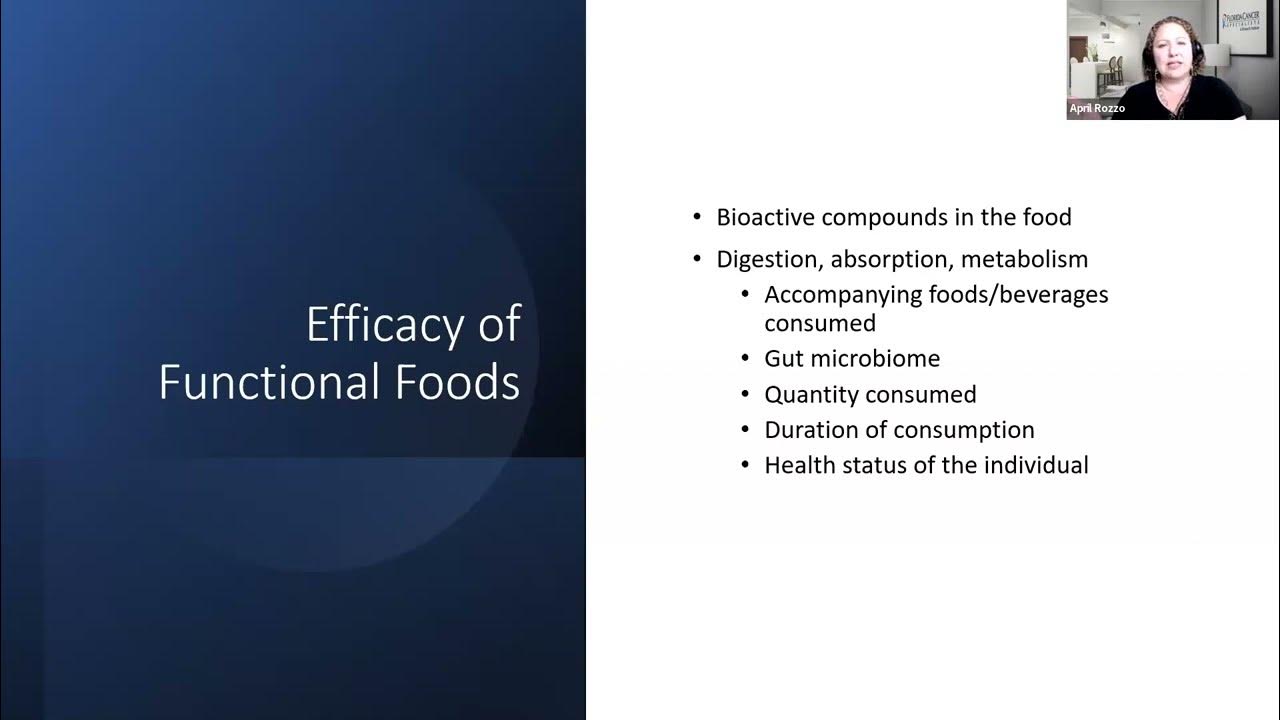Food Safety: Keeping Hot Foods Hot and Cold Food
Summary
TLDRChef Jorge and dietitian KTHA from the Division of Food Nutrition and Wellness discuss the critical aspects of food temperature regulation for safety. They highlight the necessity of using calibrated thermometers to measure safe minimum internal temperatures for various foods, such as 165°F for poultry and 145°F for beef, pork, and lamb. The video provides practical tips on maintaining hot foods above 135°F and cold foods below 40°F to avoid the temperature danger zone, where bacteria can rapidly multiply. The discussion emphasizes the importance of proper food handling to ensure meals are both nutritious and safe.
Takeaways
- 🌡️ Always use a calibrated food thermometer to measure safe minimum internal temperatures for food safety.
- ⏱️ Regularly calibrate thermometers to ensure accurate end cooking temperatures and to avoid the temperature danger zone.
- ❄️ The ice bath method is recommended for calibrating stemmed food thermometers for accuracy.
- 🍗 For poultry, the safe minimum internal temperature is 165°F to kill harmful bacteria.
- 🥩 Ground meats, eggs, and egg dishes should reach an internal temperature of 160°F to be safe for consumption.
- 🥚 When cooking eggs, ensure both yolk and whites are firm, and when scrambling, avoid runny textures.
- 🐂 For beef, pork, veal, and lamb, a safe internal temperature of 145°F is recommended, with a 3-minute rest time after cooking.
- 🔥 To keep hot foods safe, maintain temperatures at or above 135°F using warming trays, steam tables, or hot holding cabinets.
- ❄️ Keep cold foods safe by storing them at or below 40°F, using ice, refrigeration, and proper transportation methods.
- ⏳ Never leave food out of refrigeration for more than 2 hours to prevent bacterial growth in the temperature danger zone.
- 📚 Visit the FDA's food safety resources page for more information on safe food handling practices.
Q & A
What is the role of Chef Jorge in the video?
-Chef Jorge is the head chef at the Division of Food Nutrition and Wellness and he discusses food safety guidelines with a guest.
Who is the guest joining Chef Jorge in the discussion?
-The guest is KTHA, a dietitian and one of the nutrition specialists at FNW.
Why is it important to regulate food temperatures?
-Regulating food temperatures is important to ensure safe food consumption by preventing the growth of bacteria within the temperature danger zone.
What is the temperature danger zone and what are its boundaries?
-The temperature danger zone is the range between 41°F and 135°F where bacteria can grow rapidly. Cold foods should be kept below 41°F and hot foods above 135°F.
How should one calibrate a food thermometer?
-To calibrate a stemmed food thermometer, use the ice bath method by adding equal parts of ice and water, stirring, and waiting until the temperature reading stabilizes. If it's not at 32° Fahrenheit, adjust the thermometer according to the manufacturer's instructions.
What is the safe minimum internal temperature for poultry?
-The safe minimum internal temperature for poultry is 165° Fahrenheit.
What is the safe minimum internal temperature for ground meats, eggs, and other egg dishes?
-The safe minimum internal temperature for ground meats, eggs, and other egg dishes is 160° Fahrenheit.
What is the safe minimum internal temperature for beef, pork, veal, and lamb?
-The safe minimum internal temperature for beef, pork, veal, and lamb is 145° Fahrenheit.
What are some tips to keep hot foods hot and avoid the temperature danger zone?
-To keep hot foods hot, use warming trays, steam table pans, or hot holding cabinets to maintain temperatures at or above 135° Fahrenheit.
How can one keep cold foods cold and safe from bacterial growth?
-Keep cold foods at or below 40° Fahrenheit by placing them on ice, under refrigeration, or in containers with frozen ice packs. Prepare food in small batches and pre-chill ingredients used for cold dishes.
What is the maximum time food should be left out of refrigeration?
-Food should not be left out of refrigeration for more than 2 hours to avoid bacterial growth.
Where can one find more information on food safety guidelines?
-More information on food safety guidelines can be found on the FDA's food safety resources page.
Outlines

This section is available to paid users only. Please upgrade to access this part.
Upgrade NowMindmap

This section is available to paid users only. Please upgrade to access this part.
Upgrade NowKeywords

This section is available to paid users only. Please upgrade to access this part.
Upgrade NowHighlights

This section is available to paid users only. Please upgrade to access this part.
Upgrade NowTranscripts

This section is available to paid users only. Please upgrade to access this part.
Upgrade Now5.0 / 5 (0 votes)





